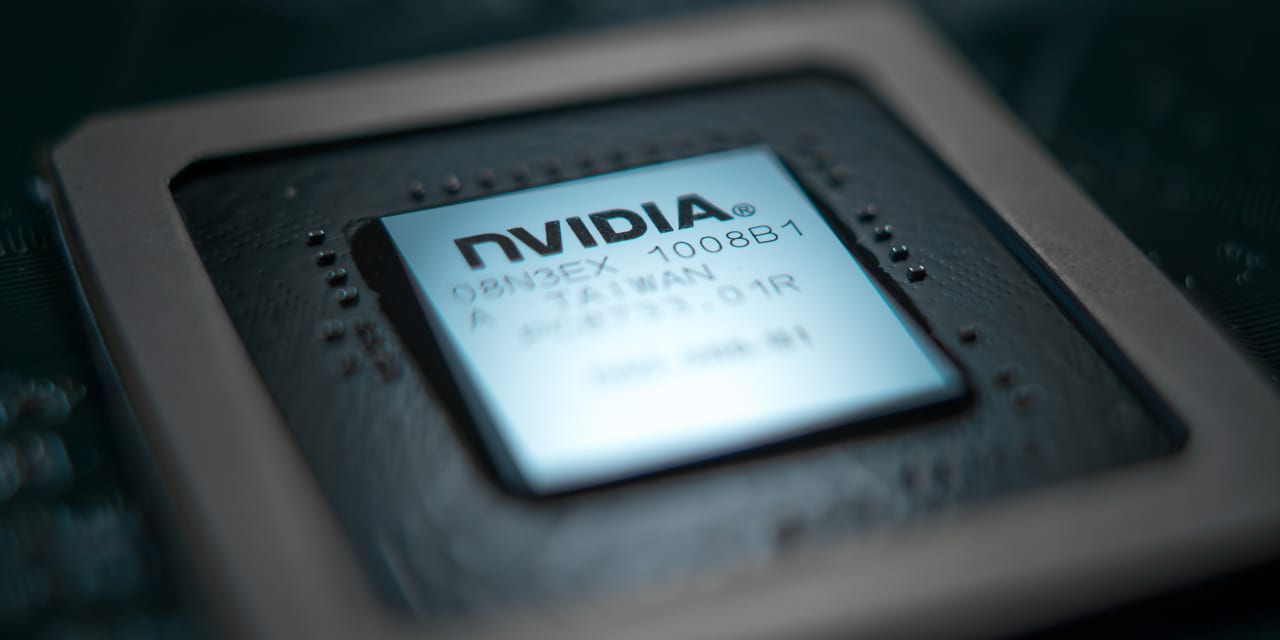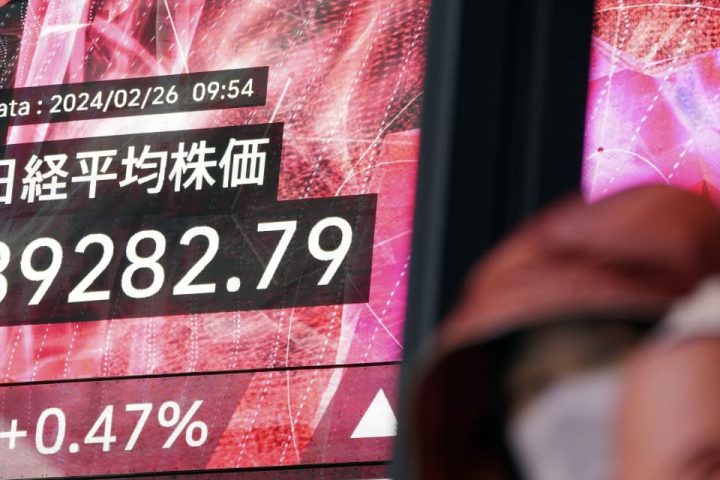There’s a lot of hand-wringing in chip land lately. While the beaten down PC and smartphone markets seem to have stabilized, several leading chip makers that serve the auto and industrial markets—sectors that analysts thought were robust—stumbled this past week.
On Monday,
ON Semiconductor
(ticker: ON), one of the best performing chip companies of late, tumbled 22% after it stunned Wall Street with a weak outlook. ON executives said they were seeing “pockets of softness” with some large customers in Europe and a rising risk of a slowdown in auto demand due to higher interest rates. They also saw broad-based weakness in the industrials sector and expected the uncertain macro environment to last heading into next year.
A day later,
Lattice Semiconductor
(LSCC) gave its own soft forecast, citing deteriorating demand in the same areas. Lattice stock fell 17% following the results. CEO James Anderson said weak order trends started in Asia and had spread to Europe in the current quarter.
ON and Lattice said the economic weakness would likely last for several quarters. On Wednesday, Silicon Labs (SLAB) capped it off with one of the most disappointing forecasts in recent memory. The chip maker said it projected sales to be less than half the consensus this quarter because of similar economic difficulties. The stock was down as much 18% on the news.
The recent flurry of bad news goes back to last week when
Texas Instruments
(TXN) provided a revenue outlook for the current quarter that was significantly below expectations. The chip maker said it saw no recovery in China and noted that the industrials sector was particularly soft.
Now, as the U.S. government tightens export controls on advanced artificial intelligence products, some investors are wondering if the AI trend could be the next to disappoint, dragging down
Nvidia
(NVDA), the year’s highest flying stock.
The Wall Street Journal reported this week that $5 billion of Nvidia orders from China next year may be at risk because of the recent export controls. Shares of Nvidia are down 3.5% over the last month, though they’re still up 197% in 2023.
While a generally weaker economy could affect the AI boom, there’s plenty of evidence that the trend continues to be a bright spot and could be insulated from a slowdown.
Last month,
Taiwan Semiconductor Manufacturing
(TSM), the main maker of AI chips for both AMD and Nvidia, said that AI was the one area where orders were still improving over the prior three months. “AI demand continues to grow stronger and stronger,” TSMC CEO C.C. Wei said on the call. “We are working hard to increase capacity to meet demand.”
No company has a better view into chip trends than TSMC.
AMD’s
(AMD) earnings report is also instructive. Shares of the chip maker initially fell 5% late Tuesday after the company provided a disappointing revenue forecast for its December quarter. Management cited deteriorating demand in the gaming and programmable chip markets, calling out softness from industrial customers.
But during the earnings call, CEO Lisa Su gave guidance for AMD’s data center AI chips for the first time, saying the products are expected to generate about $400 million in revenue for the fourth quarter and surpass $2 billion in 2024. The growth would make its MI300, AMD’s upcoming AI accelerator, the fastest product to hit $1 billion in sales in company history, Su added.
After those comments, AMD shares quickly pared their losses. The stock closed up 10% on Wednesday thanks to the excitement about the AI forecast.
Both TSMC and AMD’s reports are good news for Nvidia, even as some analysts have grown more cautious about the stock because of worries about export controls to China.
In a statement to Barron’s on Tuesday, Nvidia said there is “high demand” for its advanced AI systems, which take significant lead time to build.
The spokesperson added that the company has been working to allocate these systems to a range of customers in the U.S. and other countries, and are pursuing additional supply.
The company also reiterated its prior remarks on the matter: “These new export controls will not have a meaningful impact in the near-term.”
Geopolitics aside, overall demand for AI applications continues to rise, in a manner that is likely to offset the impact of a broader economic slowdown. That’s good news for Nvidia, even if China’s not a part of the growth story.
Write to Tae Kim at [email protected]
Read the full article here







